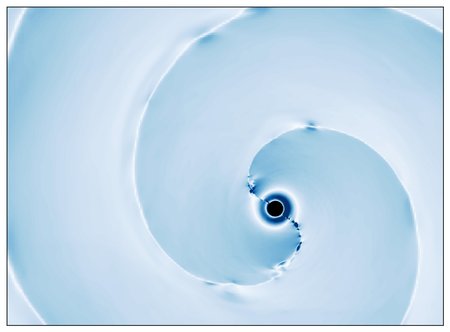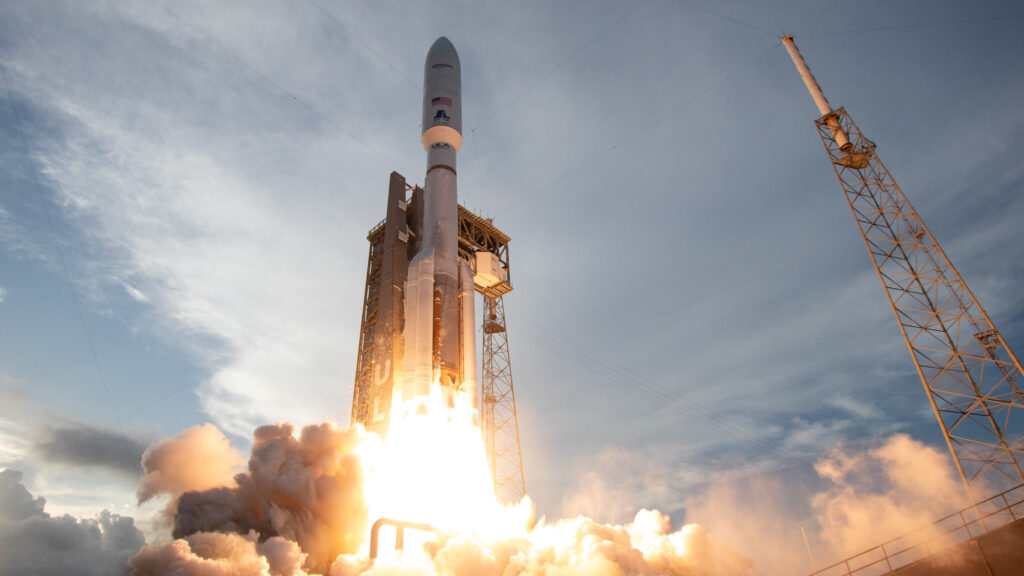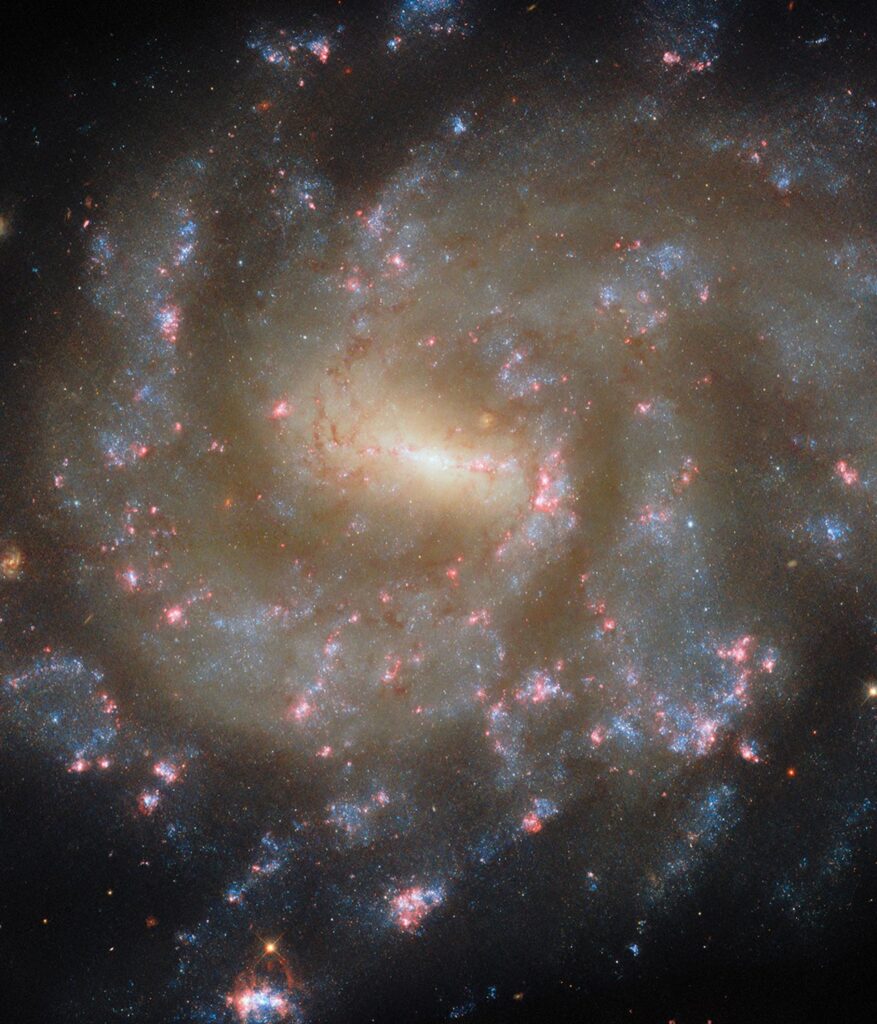The universe is full of spectacular and violent events, but few are more dramatic than a black hole tearing apart a star. Now, thanks to advanced computer simulations, scientists have gotten their closest look yet at what this cosmic catastrophe might actually look — and even sound — like.
A team of astronomers, led by theoretical astrophysicist Elias Most of the California Institute of Technology (Caltech), modeled the dramatic final milliseconds before a neutron star, the incredibly dense core left behind by a massive stellar explosion, is devoured by a black hole.
The results, published in The Astrophysical Journal Letters in March, suggest that in those last moments, the star’s surface cracks apart much like the ground during an earthquake. Just before the neutron star disappears into the black hole’s abyss, some of the most powerful shock waves known to us would erupt outward in a kind of violent, final farewell. The team’s work also predicts the kinds of signals this cosmic collision might send through space, signals that astronomers using telescopes on Earth and in orbit could one day detect.
“Before this simulation, people thought you could crack a neutron star like an egg, but they never asked if you could hear the cracking,” Most said in a statement. “Our work predicts that, yes, you could hear or detect it as a radio signal.”
The simulation shows that just before the neutron star is swallowed, the black hole’s immense gravity shears its surface, triggering violent starquakes. That causes the star’s powerful magnetic field to ripple and twist, producing what astronomers call Alfvén waves. Then, just before the neutron star is consumed by the black hole, these waves turn into a powerful blast, emitting a burst of radio waves known as a fast radio burst (FRB). Caltech’s upcoming network of 2,000 radio dishes in Nevada may one day be sensitive enough to detect these final bursts, according to the statement.
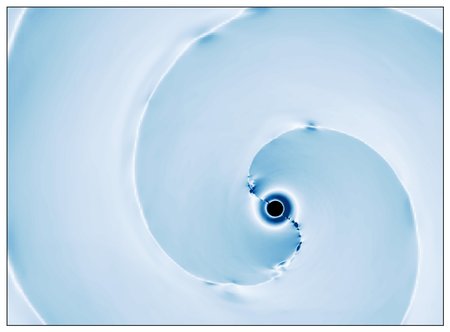
Then, as it vanishes into the black hole, the simulation reveals “monster shock waves” even stronger than those caused by the initial cracking exploding outward. These waves may also create detectable radio signals, potentially allowing astronomers to catch two distinct bursts from a single neutron star–black hole collision.
“This goes beyond educated models for the phenomenon,” Katerina Chatziioannou, assistant professor of physics at Caltech and a co-author of the new study, said in the same statement. “It is an actual simulation that includes all the relevant physics taking place when the neutron star breaks like an egg.”
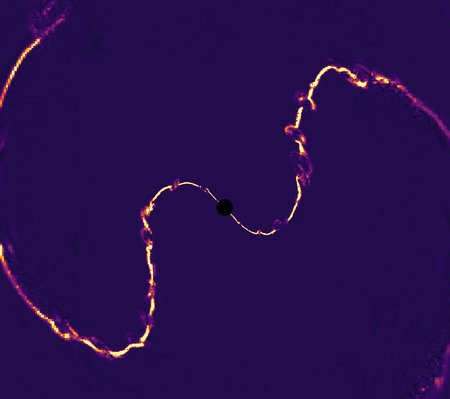
The simulation also predicts the possible formation of a rare, hypothetical object known as a black hole pulsar. Traditional pulsars are spinning neutron stars that emit beams of radiation, and the new study suggests a black hole could briefly mimic this behavior while consuming a neutron star.
This phenomenon occurs because, as the black hole engulfs the neutron star, it also pulls in the star’s magnetic field. “But it needs to get rid of that,” Most said in a statement. “What the simulation shows is that it actually does that in a way that forms a state that looks like a pulsar.”
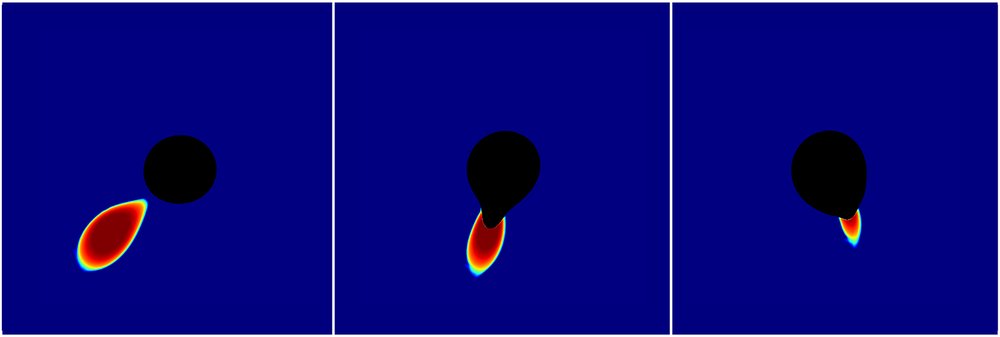
Related Stories:
These black hole pulsars would last just a fraction of a second but could emit a brief burst of high-energy X-rays or gamma rays, an unmistakable signature of a star’s violent end, according to the new study.
The team credits their detailed simulation to the power of cutting-edge computing. They used Perlmutter, a supercomputer at Lawrence Berkeley National Laboratory in California that’s equipped with GPUs, the same graphics processors used in video games and AI tools like ChatGPT.
“We just did not have enough computing power before to numerically model these highly complex physical systems in sufficient detail,” said Most.
“With GPUs, suddenly, everything worked and matched our expectations.”
The research was published across two papers in The Astrophysical Journal Letters.
